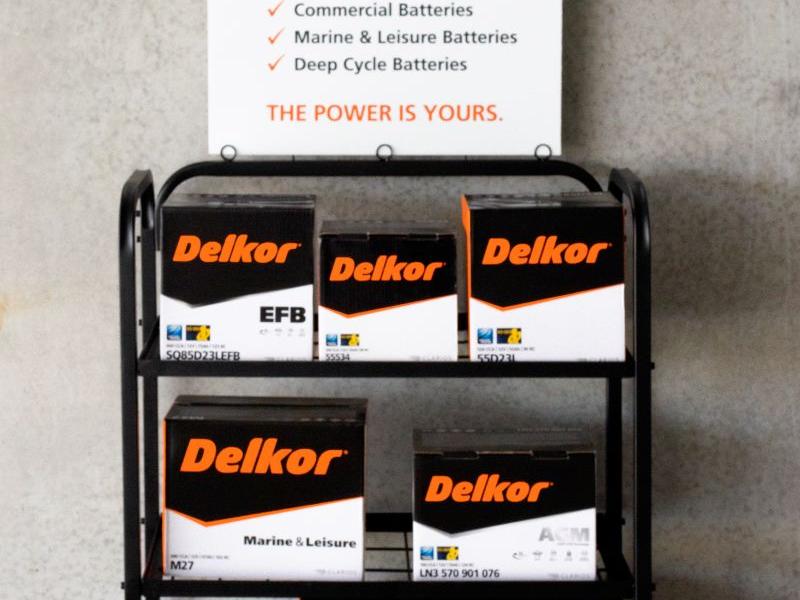There’s life in the old dog yet. That’s the news from a British company called Camcon Automotive, which has developed a system with the potential to take the continually maligned internal combustion engine (ICE) to new heights of efficiency, both in terms of fuel consumption and emissions.
Camcon’s Intelligent Valve Actuation (IVA) uses electric actuators to directly trigger each valve individually, and in doing so, can create different scenarios within the engine depending on the driver’s needs.
Roger Stone, Camcon Automotive’s chief engineer, says the system is equally applicable to petrol and diesel, and can be used to, in effect, turn the engine into not one, but a multitude of different engines, all within one crankcase and cylinder head.
For instance, the latest buzz is HCCI (Homeogenous Charge Compression Ignition) which effectively combines the benefits of both diesel and petrol engines by compressing petrol to the point where it ignites without a spark.
This results in a much more efficient engine, with low NOx, and Mazda has just released its latest Skyactiv-X engine which embraces this technology, using variable spark ignition for control.
“Potentially it’s (IVA) an enabler for HCCI, for example, at lower speeds, we are fast enough to get more than one valve cycle in during a 720 degree period so we could have the normal exhaust event followed by an additional, much smaller, event during the induction stroke to induce the volume of exhaust radicals required,” Stone told Automotive Design Magazine.
The same engine could also be run as a two-stroke because there’s no link between the valves and the crank, making it possible to open the valves every stroke below 3,000rpm. Instead of the firing order being 1,3,4,2 as in a normal Otto four-stroke cycle cylinders 1 and 3 could be on a power stroke while 2 and 4 are on exhaust (and vice versa), resulting in more power and torque for short periods.
Another aspect which can be pursued within an IVA engine is the Miller Cycle. A Miller Cycle engine, patented in 1957 by Ralph Miller, is a supercharged version of the Atkinson Cycle engine used by Toyota in its hybrids, and which delays the closing of the intake valves during the combustion stroke.
However, there has been some juxtaposition of the names “Miller Cycle” and “Atkinson Cycle” by some manufacturers; suffice to say that when describing the Miller Cycle and IVA, Stone is referring to the ability of IVA to keep the intake valve open longer than it would be in an Otto cycle engine.
At the same time there’s the possibility of what he describes as “roaming” cylinder deactivation – deactivation on demand.
He says this varies with the engine configuration, but you can avoid individual cylinders cooling down and giving you a hydrocarbon spike when you restart by running all cylinders but skipping cycles depending on power and torque demands. Again, because the valves are not linked to the engine all valves can remain open during deactivation, which eliminates pumping losses.
So far Camcon’s work on IVA has been developed in collaboration with Jaguar Land Rover, with 1,000 hours of testing on a modified four-cylinder 2-litre Ingenium engine; it showed 7.5 percent better economy than the standard Ingenium engine.
So how does it work?
The basis for Camcon’s IVA is a development of its proprietary Binary Actuation Technology (BAT) invented in the late 1990s by Wladyslaw Wygnanski.
The IVA employs a Desmodromic positive opening and closing mechanism for the valves, but the breakthrough for IVA was the Camcon bi-stable actuator, a very low energy and fast 12V electric actuator.
Unlike a solenoid, it has two zero-power stable states whereas a conventional solenoid has only one, requiring power all the time and an extra latching mechanism at the extreme of movement.
The Camcon Binary system is fired from one end to the other with no separate latching and no power except during the switching operation.
Naturally, because it’s more complex than a conventional OHC system, IVA is more expensive, but Camcor is confident ramping up manufacture will result in prices similar to the cost of a diesel injection system. And using just some of its features could cut these costs further.
“You could have one per valve or just run IVA on the inlets only with a conventional exhaust camshaft. Alternatively you could use a tandem arrangement so there’s one IVA actuator shared between a pair of inlet valves,” says Stone. “Or, maybe go the whole hog on the inlets with individual valve actuation and use a tandem arrangement on the exhausts.”
And, naturally, there are savings to be made in the parts you no longer need, such as the timing gear and camshaft drive.
So when is it all going to see the light of day – or more important, the showroom?
At the moment Camcon is looking for interested parties, particularly in the East, where there is not the pressure towards elimination of the ICE as there is in Europe.
“It would be nice to think that we could move it forward quickly enough to be in service, with some reasonable experience, before the 2020 regulations come in, maybe 2018. It all depends on what goes on from here,” says Stone.







